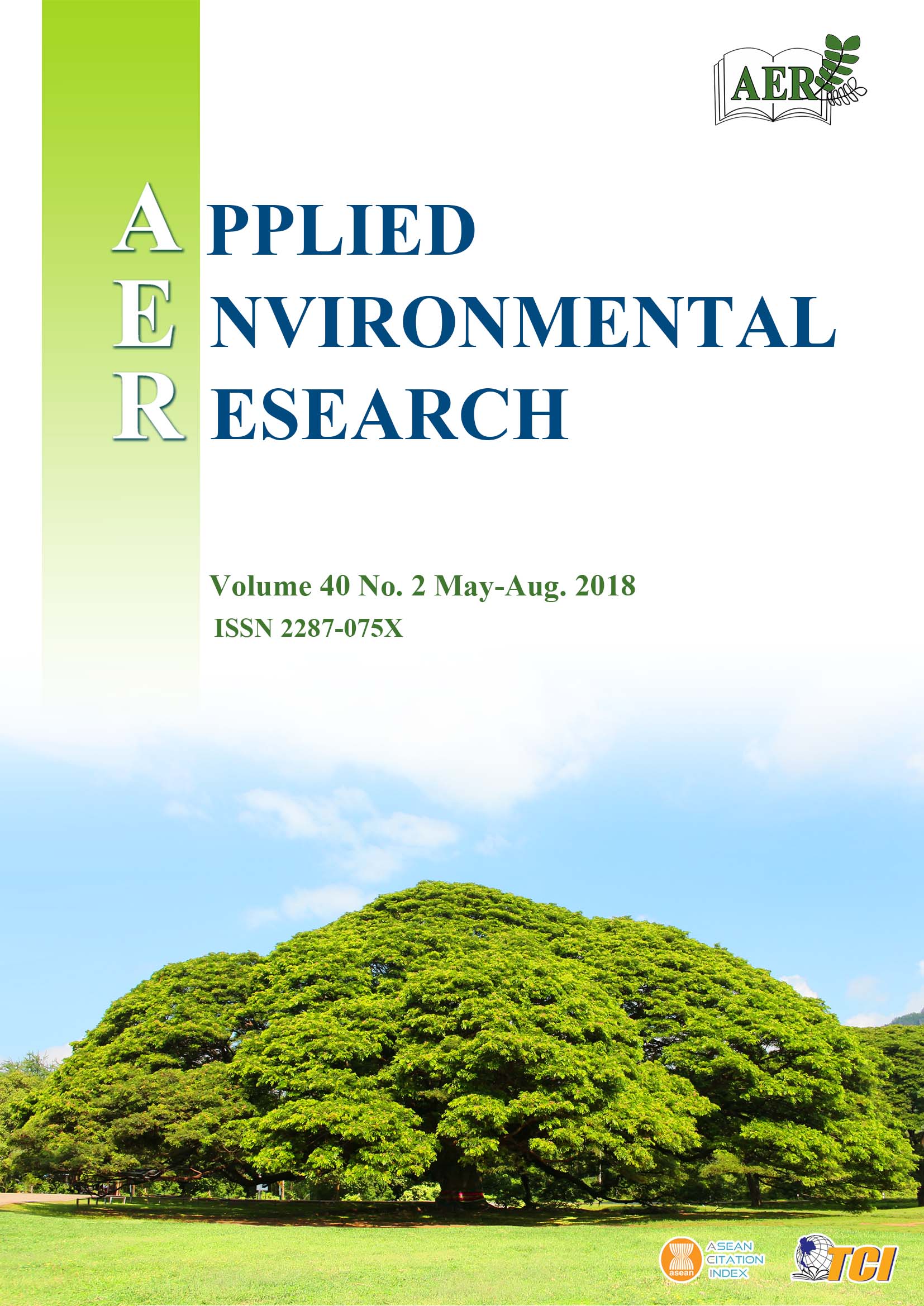Cladophora sp. Biosorption of Metal-contaminated Water
Main Article Content
Abstract
Artisanal and Small-scale Gold Mining (ASGM) activities employing the mercury amalgamation technique have resulted in a significant drop in the quality of water from Ngwabalozi River, Zimbabwe. Mercury levels as high as 0.31 mg L-1 have been reported in its waters and the low river pH (pH 3) favors proliferation of microorganisms responsible for methylmercury (a potent neurotoxin) formation. Thus, removal of mercury from contaminated systems is a priority. Therefore, the aim of this study is to develop a low-cost batch reactor for the removal of mercury from mercury contaminated acidic waters to meet the World Health Organization (WHO) standard of 0.006 mg L-1 using Cladophora sp. algae. Optimum reactor parameters were deter-mined by studying the effect of contact time, pH, initial mercury concentration and the presence of competing cations on the adsorption of mercury by Cladophora sp. The mass of algae required in a 1000 L batch reactor was then determined at the optimum adsorption conditions for the single and multi-component solution systems. A rapid uptake of mercury by Cladophora sp. algae was displayed. More than 99 % of the mercury in solution was removed within the first five minutes of contact and equilibrium was attained after ten minutes. High adsorption capacities (up to 805 mg kg-1 at pH 3) were obtained at the optimum mercury concentration of 1.0 mg L-1. Competitive adsorption studies showed that the selectivity of cations by Cladophora sp. was in the following order: Hg2+ ˃ Fe2+ ˃ Cu2+ ˃ Zn2+ ˃ Co2+. Based on the optimized reactor conditions, nearly 4.8 kg of Cladophora sp. per 1000 L batch is required to treat the water in Ngwabalozi River for a mercury only solution. However, for a multi-component system, the mass of Cladophora sp. required was more than triple (17.1 kg) the mass required in a single component solution.
Article Details

This work is licensed under a Creative Commons Attribution-NonCommercial 4.0 International License.
Published articles are under the copyright of the Applied Environmental Research effective when the article is accepted for publication thus granting Applied Environmental Research all rights for the work so that both parties may be protected from the consequences of unauthorized use. Partially or totally publication of an article elsewhere is possible only after the consent from the editors.

